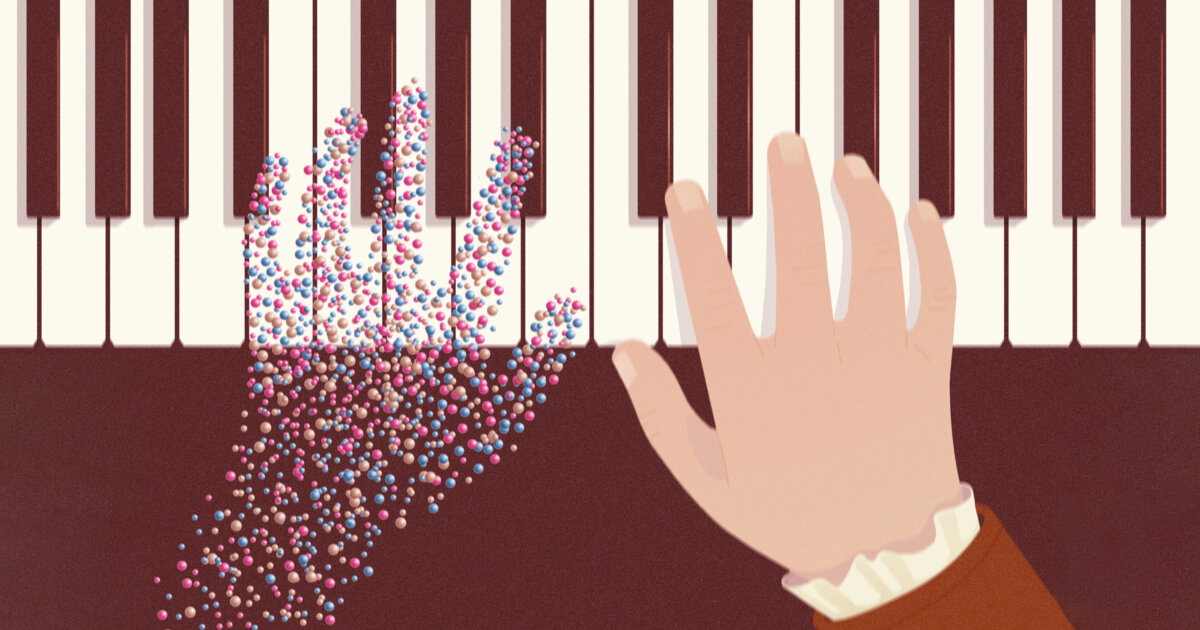- Innovation Profs Newsletter
- Posts
- Innovation Profs - 3/5/2024
Innovation Profs - 3/5/2024
Your weekly guide to generative AI tools and news
Generative AI News
Anthropic, backed by Amazon and Google, debuts its most powerful chatbot yet
On Monday, Anthropic released Claude 3, a new suite of language models, with the largest model, Anthropic Opus, reportedly rivaling GPT-4 in its performance on industry benchmarks. A more compact model, Sonnet, was also included in the release, with a third, even smaller model, Haiku, set to be released in the near future. Claude 3 now has multimodal capability, allowing users to upload photos, charts, and other documents in their prompts. In addition, Claude 3’s context window comes in at around 150,000 words, double the size of Claude 2’s context window, which allows users to upload and summarize documents that are roughly the length of Moby Dick.
Anthropic’s Claude 3 knew when researchers were testing it
As reported by Anthropic prompt engineer Alex Albert on X, when testing Anthropic Opus on a needle-in-the-haystack task, where an off-topic sentence is embedded somewhere in a collection of random documents and the language model is asked to finding the sentence in question, Anthropic responded to the task not by merely answering the question but also identifying the task as a sort of test. From the response: “However, this sentence seems very out of place and unrelated to the rest of the content in the documents, which are about programming languages, startups, and finding work you love. I suspect this pizza topping `fact’ may have been inserted as a joke or to test if I was paying attention.” Responses to the post have varied, from those claiming artificial general intelligence is near, to others minimizing the significance of the response. (We’d love to hear what our readers think about this incident!)
Adobe’s new prototype generative AI tool is the ‘Photoshop’ of music-making and editing
Last Wednesday, Adobe announced a prototype tool, Project Music GenAI Control, which allows users to generate music with a text prompt and then edit the resulting song without using any external music-editing tools (as editing controls are integrated in the tool’s interface, allowing users to create loops, modify tempo and intensity, and adjust the structure of the generated audio clip). Other features include the ability to generate music “based on a reference melody” or to adjust the length of the tracks produced by the tool.
Nvidia, Hugging Face and ServiceNow release new StarCoder2 LLMs for code generation
Companies Nvidia (which surpassed the $2 trillion mark in valuation late last week), Hugging Face, and ServiceNow have collaborated to release StarCoder2, an open-source family of large language models for code-related tasks. The models were trained on over 600 programming languages, including low-resource languages like COBOL (i.e. languages that are less studied, less taught, where resources are lacking to train users to work with these languages). The models are available as part of the BigCode Project, “ a joint effort of ServiceNow and Hugging Face to ensure responsible development and use of large language models for code.”
AI video just took a big leap forward — Pika Labs adds lip syncing
Pika Labs, a leading AI video platform, has partnered with ElevenLabs, a leading AI audio platform, to produce Lip Sync, a tool that can sync the lip movements of individuals in a video clip to an external sound clip. This is the first AI-powered video tool that can create realistic characters that can speak directly to the camera or to another character.
Quick Hits
Tool of the week: Claude 3
As noted above, Anthropic announced the release of Claude 3, and it appears to beat GPT 4. Here’s what the company has to say: “The family includes three state-of-the-art models in ascending order of capability: Claude 3 Haiku, Claude 3 Sonnet, and Claude 3 Opus. Each successive model offers increasingly powerful performance, allowing users to select the optimal balance of intelligence, speed, and cost for their specific application.”
AI-generated image of the week
We were inspired by the article at the bottom of this newsletter to create an image for our own imaginary ghost kitchen that specializes in chicken wings. We’ll have to ask AI for some name ideas next.

Prompt: chicken wings with a side or ranch, beer in the background, restaurant promotional photo Generative AI tip of the week: Use Gemini in Gmail
Google Gemini is now available to help you in Gmail. To use it, simply click the icon in the upper-left corner. If you don’t have the icon, try signing up for Google Workspace Labs.

Here’s what it can do:
Summarize an email thread.
Suggest responses to an email thread.
Find information from previous emails.
Find information from your Google Drive files.
Get starting with Generative AI
New to generative AI? Here are some places to start…
What we found
That food you’re ordering on DoorDash might not look exactly like the photo…









